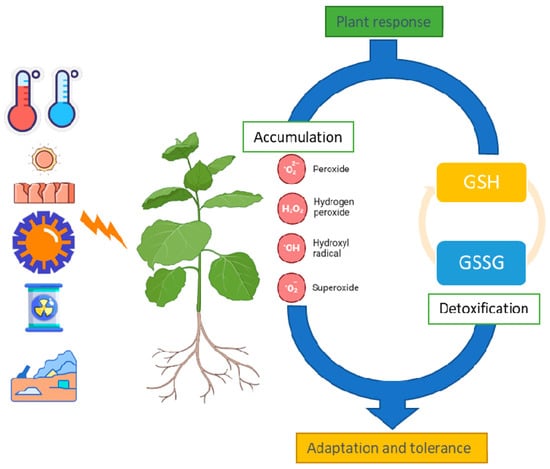Feature paper in Plant Response to Abiotic Stress and Climate Change
A topical collection in Plants (ISSN 2223-7747). This collection belongs to the section "Plant Response to Abiotic Stress and Climate Change".
Viewed by 63099Editors
Interests: functional anatomical traits; linking structure and eco-physiology; plant hydraulics; wood formation; dendroecology; quantitative wood anatomy; stable isotopes; drought; ionizing radiation; altered gravity; crop biology in CEA; Mediterranean ecosystems; plant adaptive strategies in extra-terrestrial environments
Special Issues, Collections and Topics in MDPI journals
Interests: heavy metals; metal homeostasis; phytochelatins; phytochelatin synthase; glutathione; plant evolution; lichens
Special Issues, Collections and Topics in MDPI journals
Topical Collection Information
Dear Colleagues,
This Special Issue, entitled "Feature Papers in Plant Response to Abiotic Stress and Climate Change", aims at collecting high-quality research articles, short communications, and review articles concerning this fundamental topic, at all levels. Thus, as Editor-in-Chief and Associate Editor of the section "Plant Response to Abiotic Stress and Climate Change ", we strongly encourage the overall Editorial Board Members of our section to contribute with papers reflecting the latest progress in their research field, and/or to invite relevant experts and colleagues to do so.
In particular (but not exclusively), this Special Issue accepts contributions that report on the following:
- Elevated temperature and/or low temperature (chilling and freezing);
- Salinity stress;
- Excess (flooding) and/or lack of water (drought);
- Hypoxia and/or anoxia;
- Excess and/or lack of light, with the impact on photosynthesis and other primary processes;
- Mineral nutrient excess and/or shortage;
- Oxidative stress;
- Nitrogen oxide (NOx) stress, including N2O as a greenhouse gas;
- Tropospheric ozone and/or photochemical smog;
- Acid rain or marine aerosols;
- Elevated concentrations of atmospheric CO2;
- Heavy metals and/or metalloids;
- Liquid or solid particulate matter, including nanoparticles;
- Microplastics;
- Organic pollutants, with particular reference to dioxins, polychlorinated biphenyls (PCB), furans, and polycyclic aromatic hydrocarbons (PAH);
- Volatile organic compounds (VOC);
- Biomonitoring and/or bioaccumulation;
- Bioremediation and/or phytoremediation;
- Global change;
- Adaptation to extreme environments (e.g., extra-terrestrial environments);
- Plant morpho-functional traits.
Prof. Dr. Veronica De Micco
Prof. Dr. Luigi Sanita' di Toppi
Collection Editors
Manuscript Submission Information
Manuscripts should be submitted online at www.mdpi.com by registering and logging in to this website. Once you are registered, click here to go to the submission form. Manuscripts can be submitted until the deadline. All submissions that pass pre-check are peer-reviewed. Accepted papers will be published continuously in the journal (as soon as accepted) and will be listed together on the collection website. Research articles, review articles as well as short communications are invited. For planned papers, a title and short abstract (about 100 words) can be sent to the Editorial Office for announcement on this website.
Submitted manuscripts should not have been published previously, nor be under consideration for publication elsewhere (except conference proceedings papers). All manuscripts are thoroughly refereed through a single-blind peer-review process. A guide for authors and other relevant information for submission of manuscripts is available on the Instructions for Authors page. Plants is an international peer-reviewed open access semimonthly journal published by MDPI.
Please visit the Instructions for Authors page before submitting a manuscript. The Article Processing Charge (APC) for publication in this open access journal is 2700 CHF (Swiss Francs). Submitted papers should be well formatted and use good English. Authors may use MDPI's English editing service prior to publication or during author revisions.
Keywords
- agriculture
- ecosystem health
- environment
- forests
- vulnerability/mortality
- stress physiology
- plant traits
- photosynthesis
- functional anatomical traits
- environmental stressors
- adaptive strategies
- heavy metals
- phytoremediation
- bioremediation



























